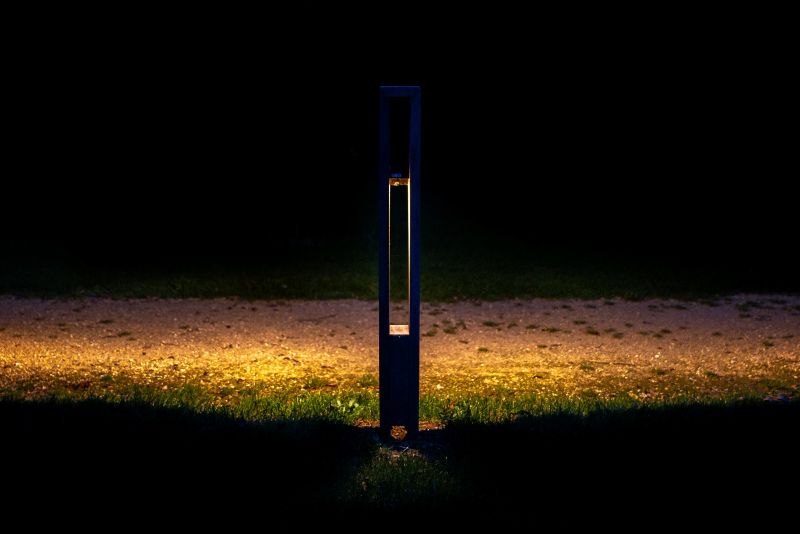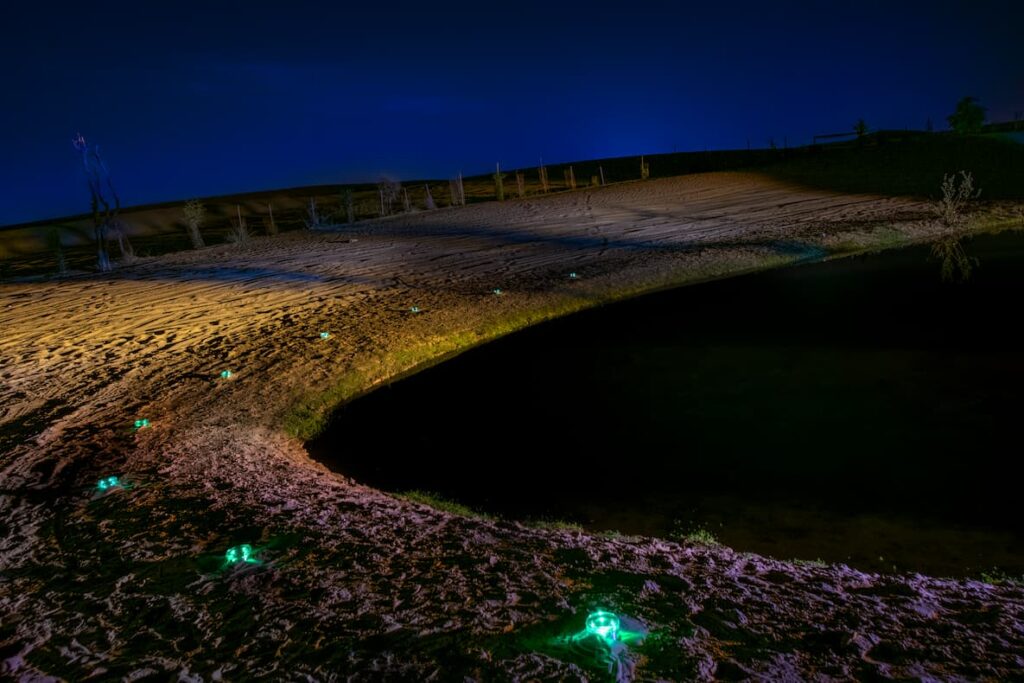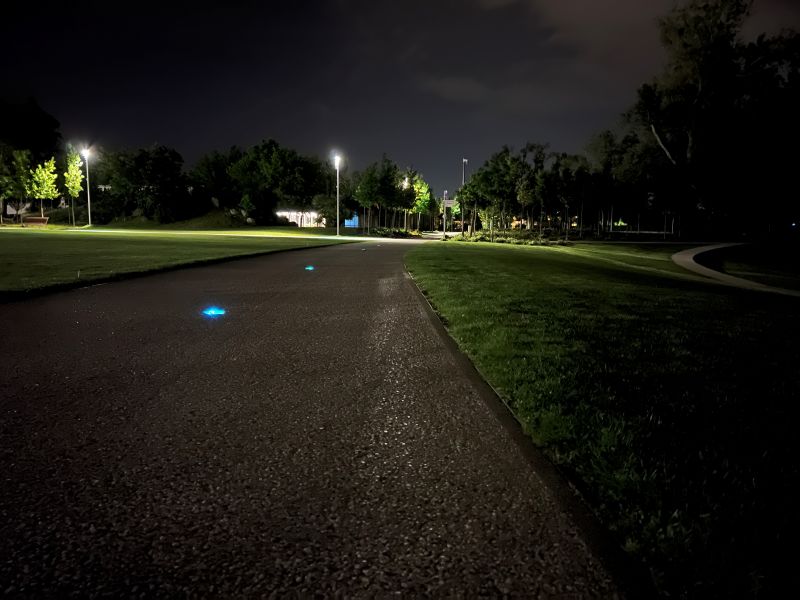Creating Safer, More Inclusive Parks and Pathways
Public spaces work best when everyone feels safe using them—whether that’s a child riding a bike at dusk, a parent navigating a stroller, or an older adult walking home after an evening event. But too often, parks, trails, and plazas fall short after dark. Poor or uneven lighting can leave key routes inaccessible, reduce community use, and unintentionally exclude certain groups.
Lighting is more than a utility—it’s a design choice that affects how people feel about a space. That’s why lighting equity matters: it ensures that everyone can participate fully in community life, regardless of physical ability, age, or location.
Table of Contents
Why Traditional Lighting Falls Short
Upgrading park and pathway lighting with traditional grid-tied systems often comes with significant barriers:
- High trenching costs that can consume project budgets
- Disruption to landscaping and surfaces during installation
- Limitations of existing infrastructure that leave key areas in the dark
These challenges mean many lighting gaps go unresolved—especially in smaller parks, trails with dense vegetation, or heritage sites. Nowatt solar pathway lighting solves these issues by eliminating the need for trenching, working independently of the grid, and preserving the space’s visual and environmental integrity.

Principles of Safety and Equity Lighting
When we talk about “equity by design,” lighting plays a central role. A well-lit public space is one where people of all ages, abilities, and backgrounds feel comfortable and confident moving through it—day or night. For parks and pathways, that means addressing both physical safety and perceived safety without disrupting the character of the environment.
Key principles for equitable lighting in public spaces:
- Even illumination: Avoiding dark spots and glare that make navigation difficult or uncomfortable
- Accessible placement: Lighting that reaches ramps, crossings, and secondary routes, not just main paths
- Visual comfort: Warm, low-glare lighting that supports visibility for everyone, including those with reduced vision
- Resilient performance: Reliable operation in all weather and during outages, ensuring year-round safety
Bringing Equity Lighting to Life with Nowatt
Nowatt solar pathway lighting makes it possible to meet safety and equity goals in spaces where traditional lighting can’t. Because it’s powered by the sun and requires no wiring, it can be placed exactly where it’s needed—whether that’s a shaded path, a playground perimeter, or an accessible drop-off zone.
This flexibility means lighting is no longer limited to where electrical infrastructure happens to be. Communities can close safety gaps, improve accessibility, and do so without altering the landscape or disrupting public use of the space.
How Nowatt Works in Real Spaces
Parks, trails, and plazas each have unique lighting challenges. Nowatt solar pathway lighting is flexible, trench-free, and designed to blend safety with aesthetics, making it ideal for a variety of needs:
- Playground Perimeters – Low-glare solar bollards add ADA-friendly visibility without damaging surfaces or interrupting play.
- Shaded Park Trails – Discreet, ground-level fixtures guide walkers safely while preserving roots, soil, and wildlife.
- Community Plazas and Crossings – Low-profile marker lights improve night visibility without clashing with the design vision.
In every case, Nowatt delivers light where it’s needed—protecting both people and place.

Installation, Maintenance, and Long-Term Value
For many communities, the challenge isn’t just finding the right lighting—it’s getting it in place without delays, budget overruns, or damage to existing infrastructure. Nowatt solar pathway lighting is designed with this in mind, offering advantages at every stage of its lifecycle.
Why communities choose Nowatt for parks and pathways:
- Trench-free installation: Lights can be placed exactly where they’re needed without saw-cutting pavement or disturbing landscapes.
- Rapid deployment: Most units can be installed in under an hour, reducing downtime for high-use areas.
- Low-maintenance design: Weather-sealed construction and long-life, recyclable batteries mean less frequent servicing.
- Year-round reliability: Performs in all seasons, including during grid outages, ensuring uninterrupted safety.
These benefits don’t just save time and money—they protect the community’s investment. Whether illuminating a trailhead, connecting playgrounds to parking areas, or guiding visitors through a plaza, Nowatt delivers consistent performance for years without the ongoing costs of grid power.
Lighting as a Foundation for Equity
Equity in public space design isn’t just about physical access—it’s about creating an environment where every person feels welcome and safe, regardless of time of day. Thoughtful lighting plays a central role in that goal, and Nowatt solar pathway lighting makes it possible to deliver that benefit without the trade-offs of traditional systems.
From shaded trails to busy playground entrances, Nowatt empowers communities to bring light exactly where it’s needed—without trenching, without disrupting sensitive environments, and without compromising design. The result is a safer, more inclusive public realm that works for everyone.
Ready to make your parks and pathways safer, more beautiful, and accessible to all?
Reach out to a team member to get your project started and see how Nowatt can help you design with equity in mind.

